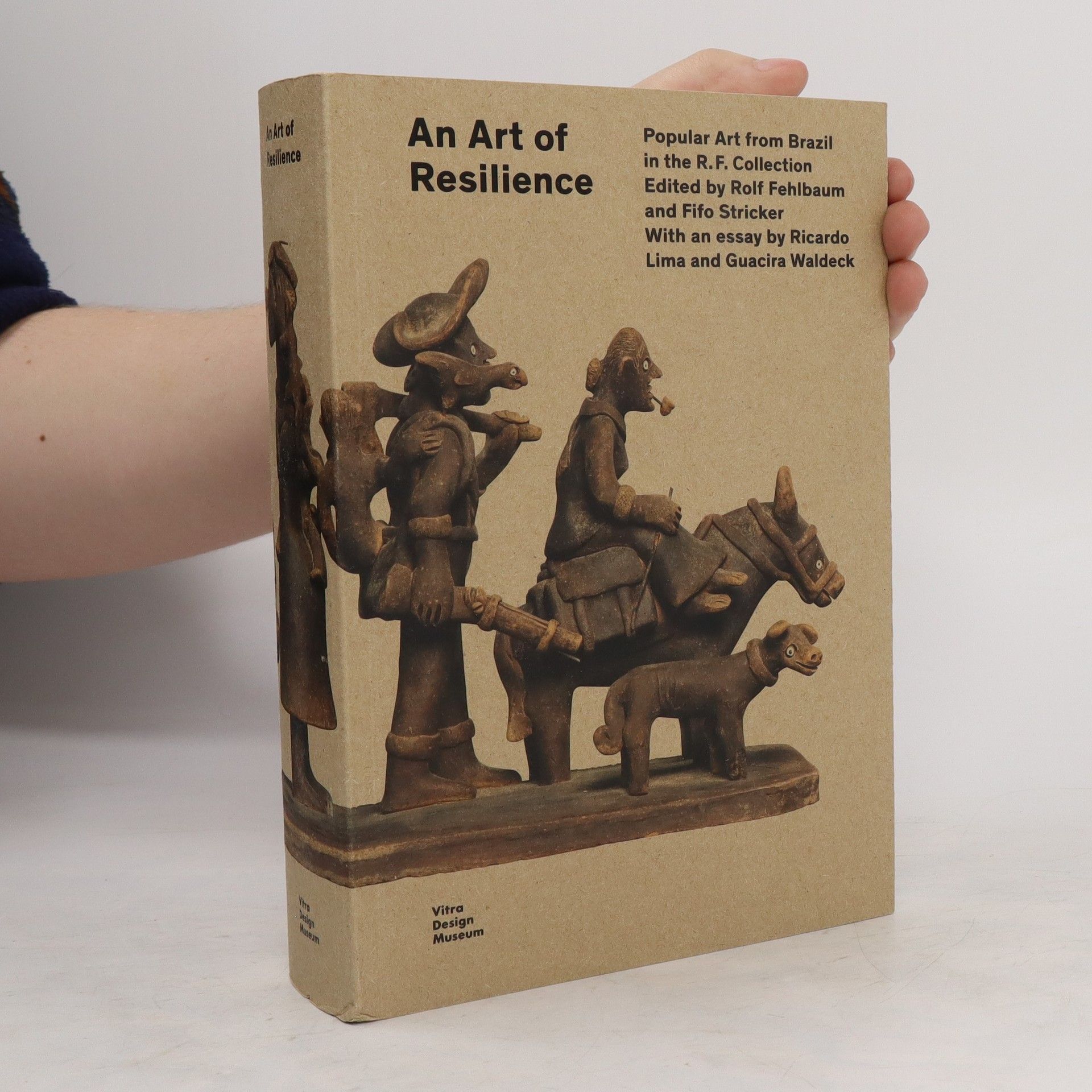A Way of Life
Notes on Ballenberg
Ballenberg is a Swiss open-air museum. It gathers over a hundred houses and the living world of the rural population from the 14th to the 19th century. Architecture, furnishings and tools were always committed in their design and execution to the needs and necessities of everyday life, and solutions were found genuinely with the available means.0Edited by Rolf Fehlbaum, entrepreneur and long-time driving force behind Vitra, the publication is an invitation to discover and explore the world of things with different eyes. It compiles observations and discoveries by designers Jasper Morrison, David Saik and architect Tsuyoshi Tane. They share a fascination with the simple, the practical and the functionally beautiful. Traces of wear and tear testify to long-lasting utility and economic common sense.0The publication is also an encouragement to designers and consumers alike to resist trends and fads and to critically evaluate the objects of everyday use in terms of utility and aesthetics.


